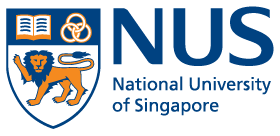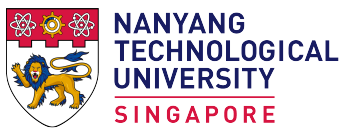Highlights
Tiny magnetic hose makes cavity-QED more versatile
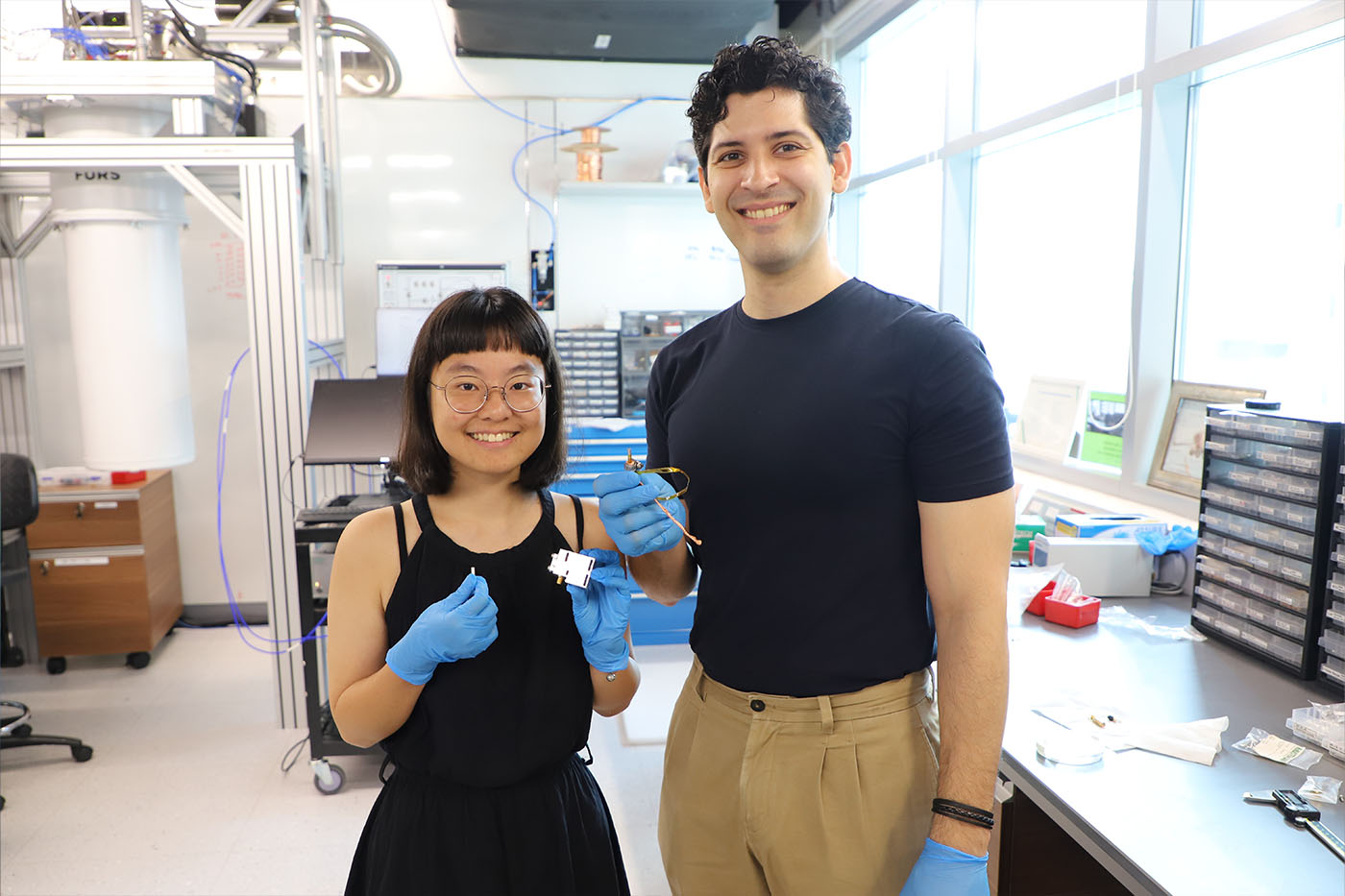 (From left) CQT PhD students and co-authors Ni-Ni Huang and Fernando Valadares holding up some of the equipment used in their experiment. Their team demonstrated how a hardware design could help tune the light-matter interactions between a superconducting circuit and cavity.
(From left) CQT PhD students and co-authors Ni-Ni Huang and Fernando Valadares holding up some of the equipment used in their experiment. Their team demonstrated how a hardware design could help tune the light-matter interactions between a superconducting circuit and cavity.
CQT researchers have found a way to make their circuit quantum electrodynamics (cQED) setup tunable, adding new versatility to a tool already popular for research in quantum technologies. The key addition is a tiny handmade structure that can direct magnetic fields like water through a hose.
Using this hose, CQT Principal Investigator Yvonne Gao's group could switch in nanoseconds how strongly light and matter in the cQED setup interact. Having full and fast access to the different interaction regimes opens new possibilities for quantum information processing.
Full details of the group's novel design are published in Nature Communications on 10 July 2024.
Light in a box
The first cQED experiments decades ago were performed with single atoms immersed in light trapped in a cavity, for example formed by two mirrors facing each other.
The CQT team works with a superconducting equivalent ‚Äď a circuit on a chip inserted into a metal box. The setup is operated inside a fridge that cools it to almost absolute zero. Once cold enough, the superconducting box traps the light field and the superconducting transmon circuit emulates the discrete energy levels of the atom.
In cQED, there are distinct regimes of light-matter interactions. These range from resonant, when the light field and atom or transmon directly swap energy, to decoupled, when their frequencies differ significantly and they don't interact.
cQED systems are being explored as a building block for quantum computers, where the ability to tune between interaction regimes could be a boon. The approach stores information in the cavity field and uses the circuit to control it.
In the coupled mode, interactions between the two can be harnessed for information processing, but over time, the state of the cavity becomes distorted. This affects the storage of information and is a hurdle for computation.
‚ÄúThe decoupled regime is seen as the least interesting regime,‚ÄĚ says CQT PhD student Fernando Valadares who is first author of the paper. ‚ÄúThat's true only when you cannot change it. Now we have a choice to decouple them at critical moments for information processing. Especially since the cavity is serving as our information holder, we don't want its state to be distorted.‚ÄĚ
Like a hose drawing water
To access the different interaction regimes, the researchers needed to introduce a magnetic field to tune the transmon's frequency. They had not found a way to do so without causing the cavity to lose energy, destroying its lifetime. Until now.
‚ÄúThe problem is a bit paradoxical because protecting the cavity's lifetime also protects it against control,‚ÄĚ says Fernando. ‚ÄúOur challenge is to only let what is useful into our device and keep what is not away.‚ÄĚ
The solution was a magnetic hose: a cylindrical structure measuring just 8 mm long. A ‚Äėmetamaterial‚Äô structure, it is made of 11 alternating layers of aluminium that blocks magnetic fields, and mu-metal, an alloy that propels magnetic fields. The team rolled the different layers manually around a 1 mm-diameter mu-metal core.
‚ÄúIt was a very delicate process,‚ÄĚ says Fernando.
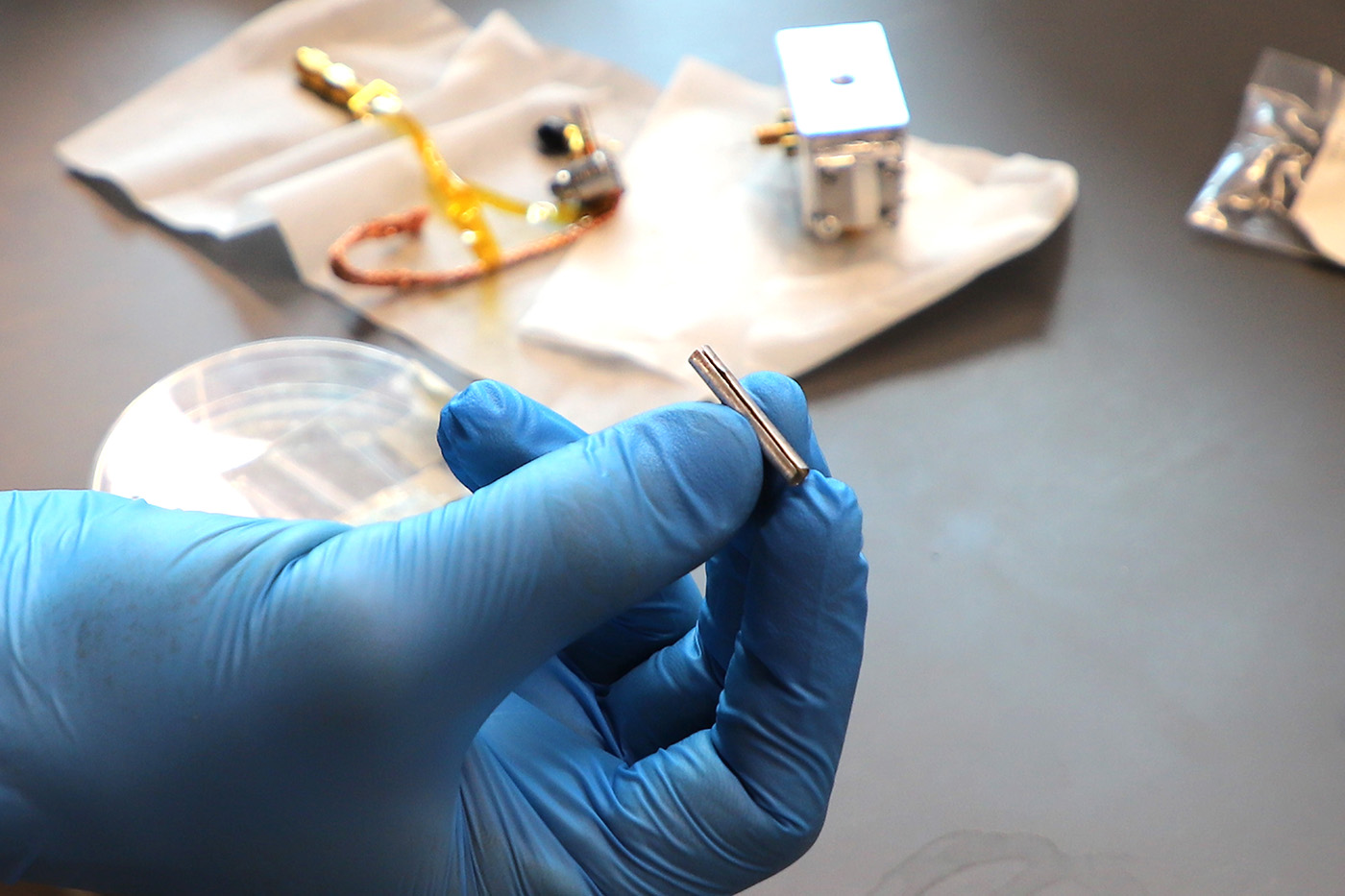 The magnetic hose is handmade by the team. The hose guides the magnetic field created by a superconducting coil of wires to the circuit inside the cavity. The cavity is the squarish structure in the background.
The magnetic hose is handmade by the team. The hose guides the magnetic field created by a superconducting coil of wires to the circuit inside the cavity. The cavity is the squarish structure in the background.
With the different layers sandwiched together, the magnetic hose propels magnetic fields in only one direction while blocking magnetic fields in the other directions. The team attach a coil of superconducting wire that creates the magnetic field to one end of the hose. The other end of the hose is mounted to their superconducting circuit.
Co-author and CQT PhD student Ni-Ni Huang says, ‚ÄúIt is like drawing water with a hose. Without the hose, the water just goes everywhere but with the hose, you can guide the water to where you want it to go.‚ÄĚ
To demonstrate the tunability of their platform, the researchers measured the transmon's response to magnetic pulses over time.
They could tune the frequency of the transmon over several hundreds of MHz at nanosecond timescales. The cavity's lifetime was measured to be hundreds of microseconds, about a thousand times longer. That means the regime of the transmon-cavity interaction could be switched many times during a quantum computation.
Next, the team hopes to improve control of the magnetic field in the device. The researchers will also explore other applications. They could use the platform to simulate physical systems such as single-atom lasers, for example, as well as for quantum information processing.
Learn more
Related Stories
 | Quantum cats get squished for their own protection May 18 2023 |
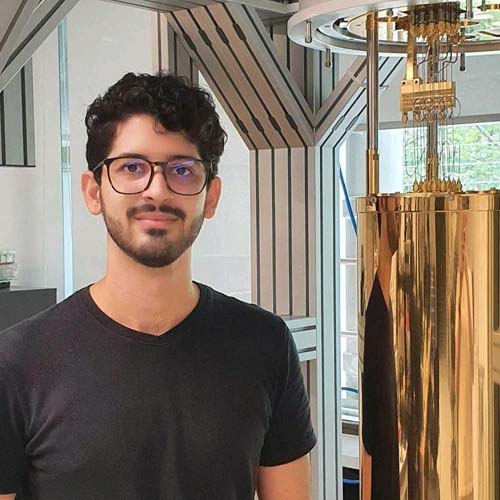 | Meet a CQTian: Fernando Valadares April 11 2022 |



